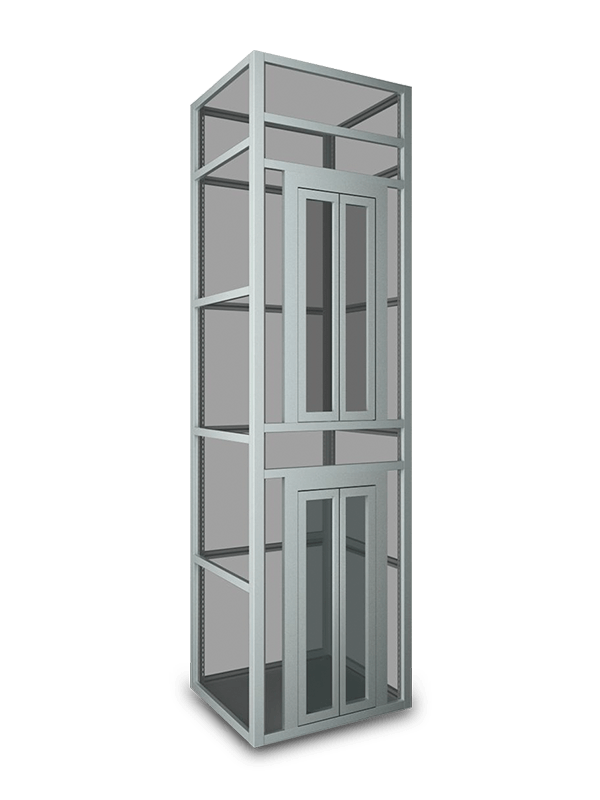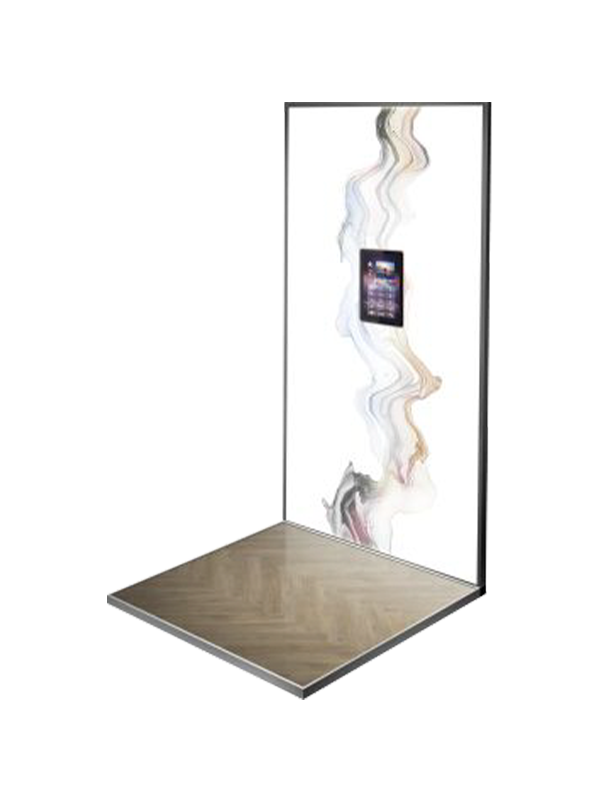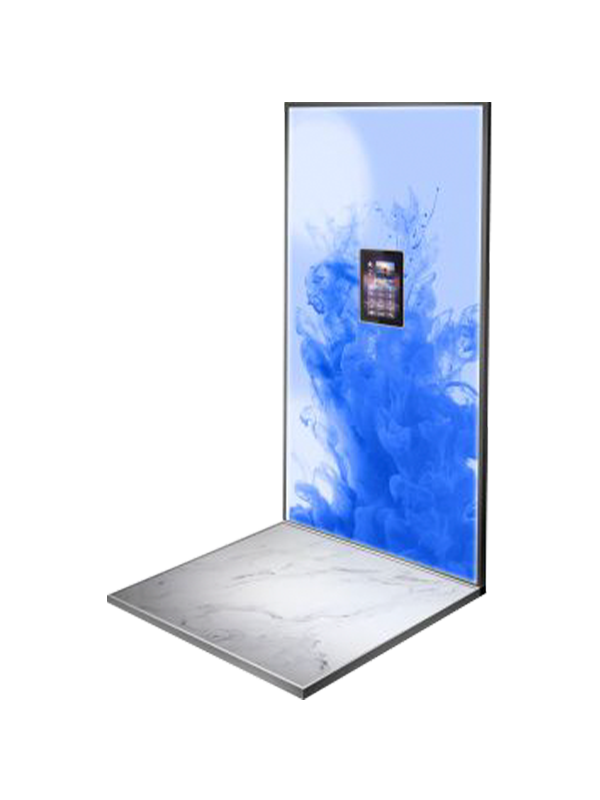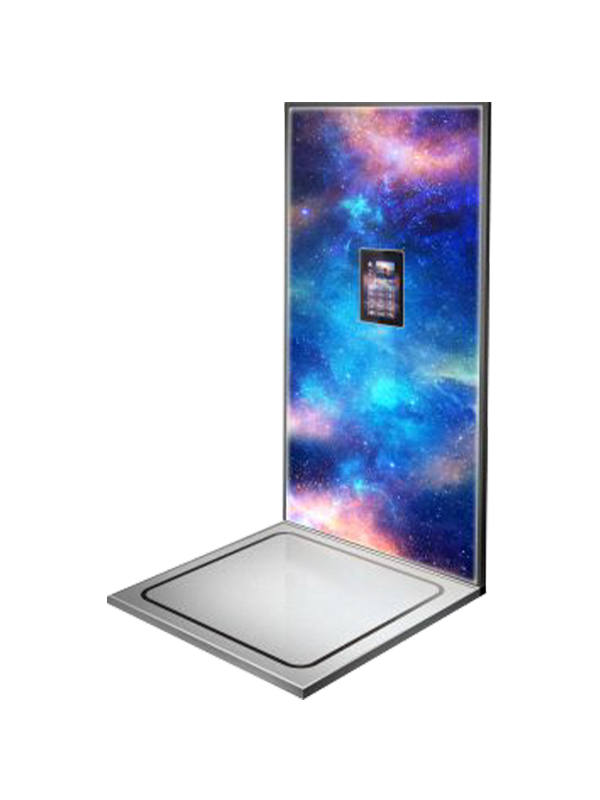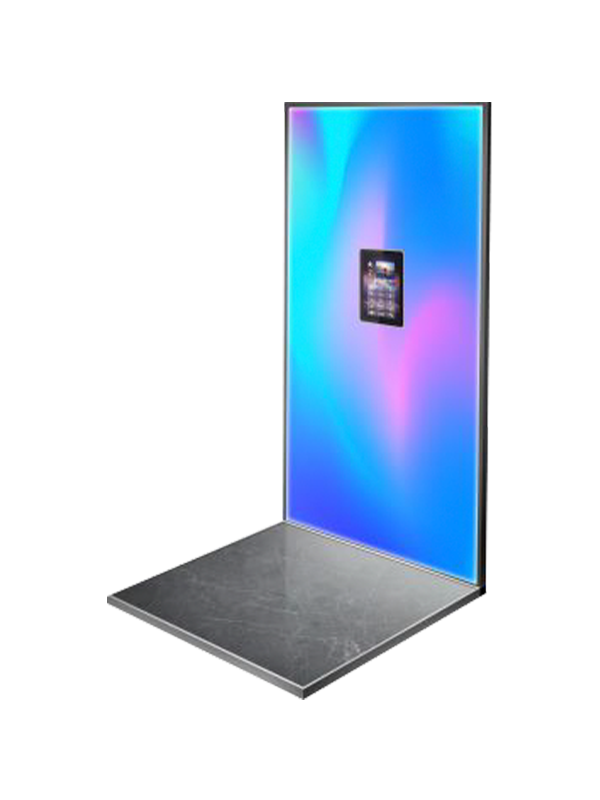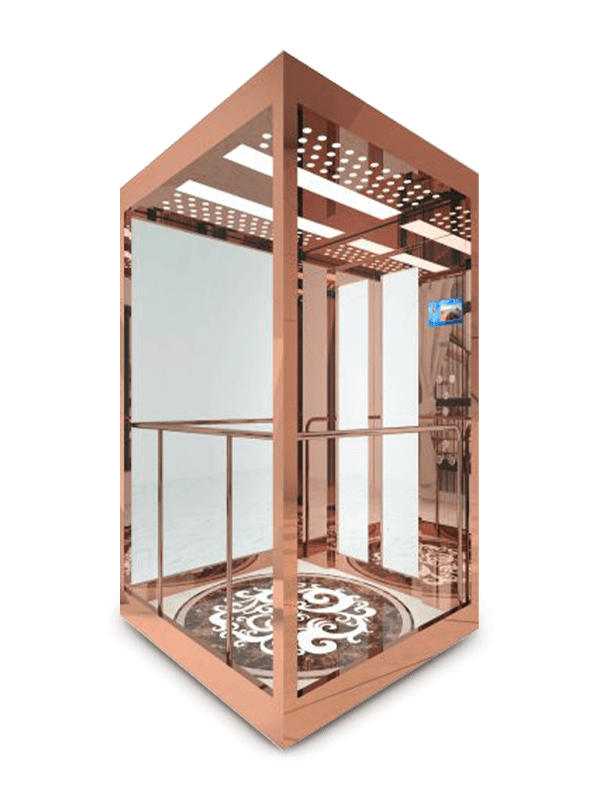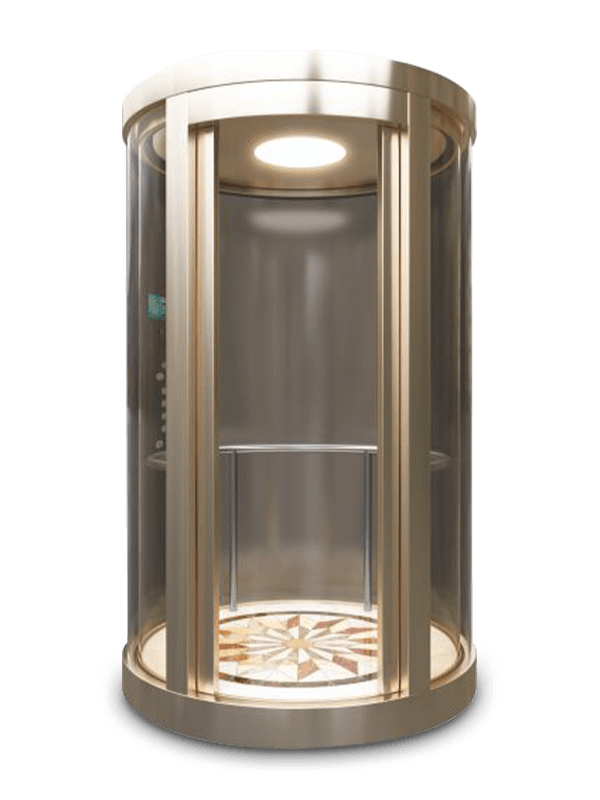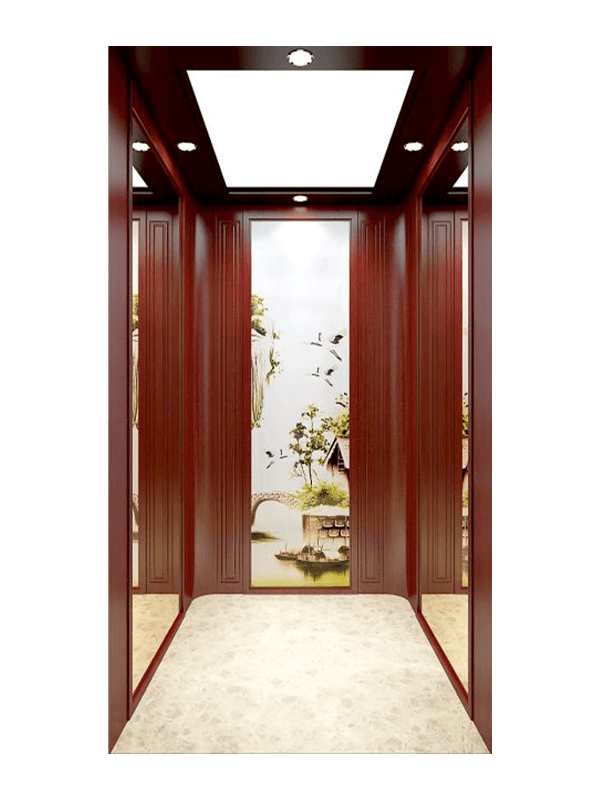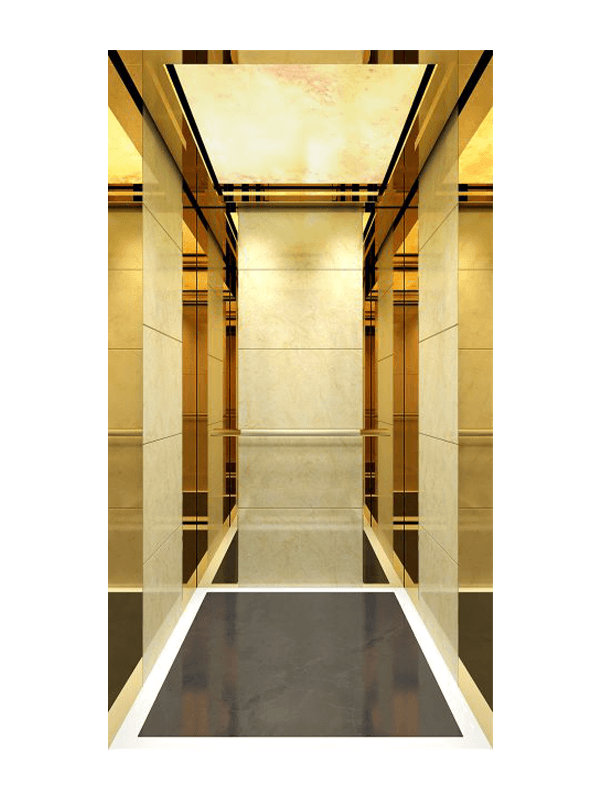As households adapt to the needs of elderly or mobility-impaired individuals, the installation of a household elevator can be a game-changer in improving accessibility and independence. However, there are specific considerations that come into play when integrating this feature into a home environment. Let’s delve into the essential factors to keep in mind when installing a household elevator to cater to the unique requirements of elderly or mobility-impaired individuals.
Safety takes precedence when it comes to installing a household elevator for households with elderly or mobility-impaired individuals. The elevator should be equipped with safety features such as non-slip flooring, emergency alarms, and easy-to-operate controls. Additionally, ensuring that the elevator complies with relevant safety standards and regulations is crucial for providing peace of mind to both the individuals using the elevator and their caregivers. By prioritizing safety, households can create a secure and reliable means of vertical transportation that meets the specific needs of the occupants.
Space and design considerations play a pivotal role in the seamless integration of a household elevator into a household catering to elderly or mobility-impaired individuals. The household elevator should be designed to accommodate mobility aids such as wheelchairs or walkers, ensuring ease of entry and exit. Additionally, the interior of the household elevator should provide ample space for comfortable maneuverability, allowing individuals to navigate without feeling cramped or restricted. A thoughtful approach to the design and layout of the household elevator contributes to a user-friendly and inclusive environment within the home.
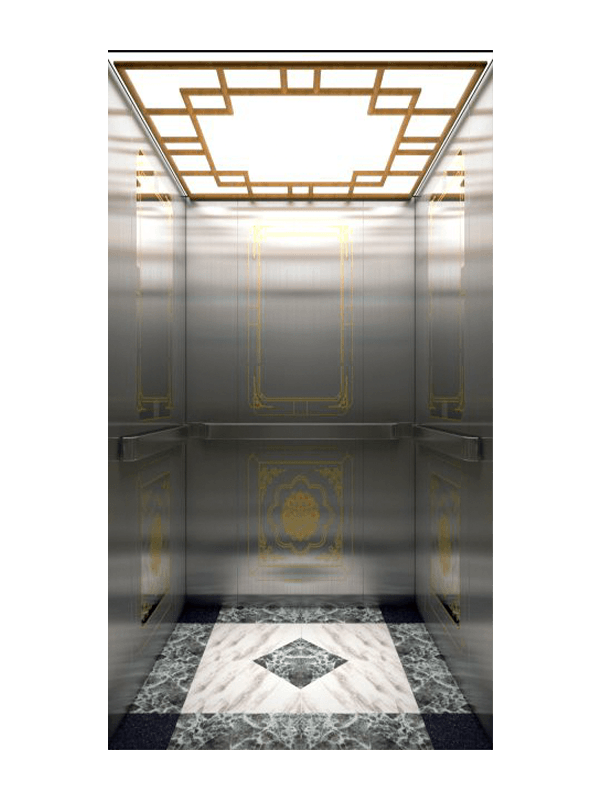

Maintenance and service accessibility are essential factors to consider when installing a household elevator for elderly or mobility-impaired individuals. Opting for a reliable and reputable elevator provider that offers regular maintenance services and prompt support in case of any issues is crucial for ensuring the long-term functionality of the elevator. Additionally, having clear and accessible service points for maintenance personnel to carry out inspections and repairs contributes to the overall efficiency and reliability of the elevator, providing peace of mind to the occupants and their caregivers.
The installation of a household elevator in a household with elderly or mobility-impaired individuals requires careful consideration of safety, space, design, and maintenance accessibility. By addressing these specific factors, households can create an environment that prioritizes the well-being, independence, and comfort of the occupants. The thoughtful integration of an elevator not only enhances accessibility but also fosters a sense of empowerment and inclusivity within the home, ultimately enriching the lives of the individuals it serves.







 English
English عربى
عربى Deutsch
Deutsch Español
Español Français
Français русский
русский 日本語
日本語 简体中文
简体中文
